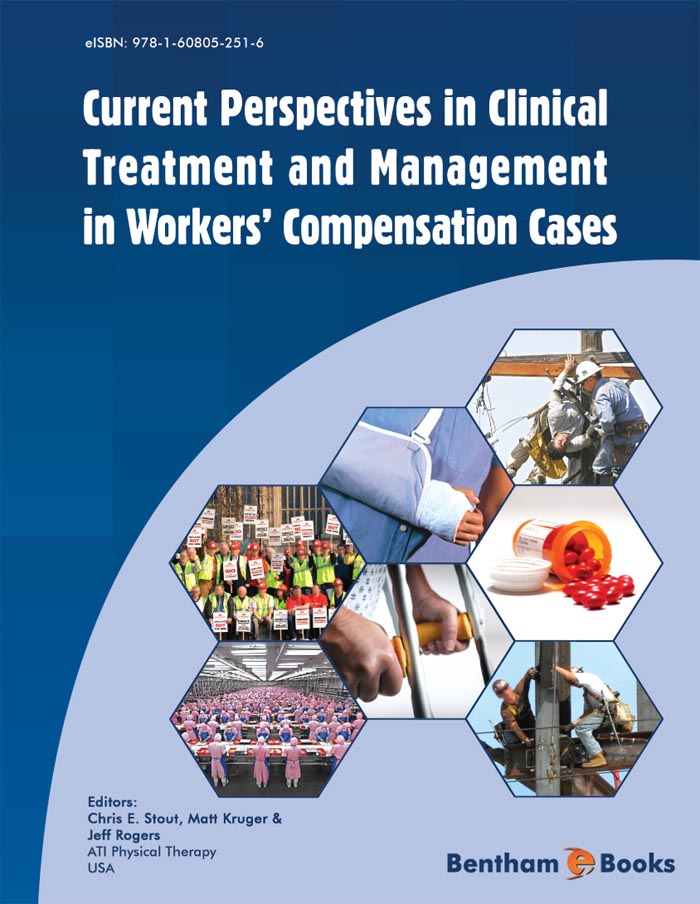This book is the result of a thoughtful request by the publishers at Bentham eBooks. Had it not been for their suggestion, this project would not have been started. While the editors of this book are quite active and always interested in publishing, a book was not something that had been considered before this suggestion from Bentham.
As with all book projects, and especially with edited works, there are many important people involved. First and foremost, the editors would like to thank the publishers at Bentham for their generous invitation. In formulating the structure of this book, the editors additionally developed a new questionnaire and posted it online for interested workers’ compensation professionals to frankly and anonymously weigh-in on the various aspects involved in working with the injured employees. Had it not been for those respondents, there would be no Part Two of this book or the fascinating insights provided by their answers.
Next, the editors are thrilled to have some of the sharpest thinkers involved in the workers’ compensation arena who have generously contributed their time and talent in authoring their chapters. This powerhouse includes Robert Aurbach, JD, Martha Gely-Kruto, JD, Gregory Krohm, PhD, Richard W. Lenkov, JD, Gregory Moore, MPH, Joseph Paduda, Kim Presbrey, JD, Brian A. Pryor, PhD, Peter Rousmaniere, Dongchun Wang, Kathryn Mueller, MD, Dean Hashimoto, MD, Sharon Belton, PhD, Richard A. Victor, JD. PhD, and Maureen Kohl Bennington, MS.
In the production process there are many of the proverbial moving parts—ensuring that the proper style is used, formatting, proofing, version control, and a myriad of other details that are all equally important in making this project a success. In recognition of that support, the editors would like to thank Hema Burra, Jillian Richardson, MA, and Marissa Webb, without their help, this work would still not be finished.
Finally, the editors would like to recognize the injured worker. While there are many and often opposing perspectives involved in the workers’ compensation “industry”, it is important to keep in mind and recognize that the person in need is the one who is ultimately the focus of our concern, our trust and our responsibility.
Chris E. Stout
Matt Kruger
Jeffrey Rogers
ATI Physical Therapy and College of Medicine
University of Illinois-Chicago

